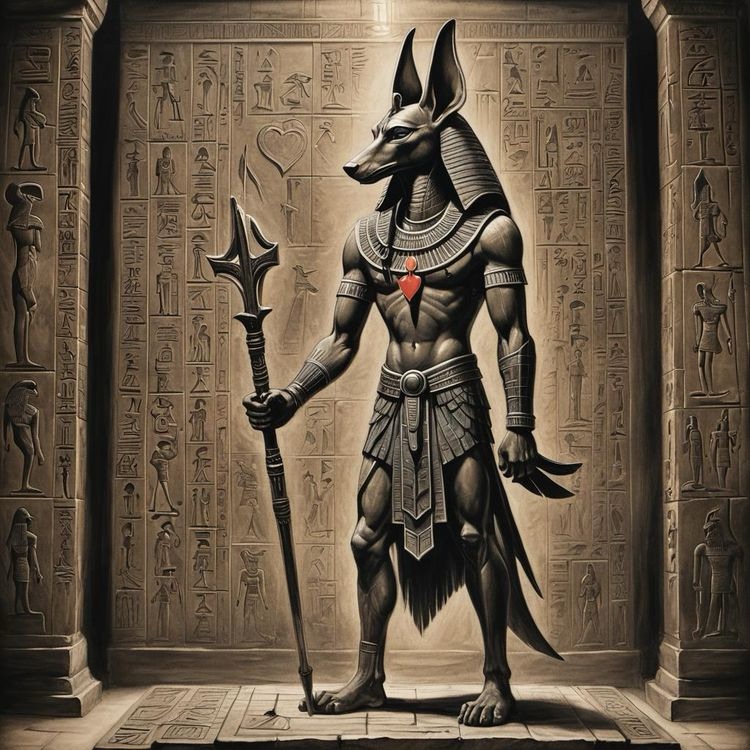Embracing Past Life Visions
Throughout history, humans have been fascinated by the concept of past lives, often wondering how experiences from long ago may shape our current existence. Many people report vivid visions or flashes of memories that seem to belong to lives they have not lived in this lifetime. These glimpses into the past can be profound, serving as a gift from a higher power, prompting us on a journey of self-discovery and awakening to our true identity. However, with these gifts come potential side effects that require mindfulness and grounding in the present moment.
The Gift of Vision
When we receive visions of our past lives, it is often viewed as a divine intervention or a message from the universe, providing insight into our current life circumstances. These visions can be enlightening, revealing patterns, relationships, and lessons that transcend time. They can illuminate the roots of our fears, talents, and affinities, offering clarity and guidance as we navigate the complexities of our current existence.
This spiritual awakening can be a catalyst for transformation, encouraging us to explore who we are at a deeper level. As we reflect on these experiences, we may begin to uncover aspects of ourselves that have been buried or forgotten. The journey becomes one of healing, understanding, and ultimately, empowerment as we strive to integrate these insights into our lives.

The Dangers of the Primordial Mind
Despite the potential benefits, it is crucial to approach these past life visions with caution. They can sometimes stir up intense emotions and lead us to dwell in memories that are not conducive to our growth. If we become overly fixated on our past experiences, we may risk losing sight of our present reality and the opportunities it holds.
The danger lies in succumbing to the “animal” or primordial mind, an instinctual state where we may react out of fear, desire, or unresolved trauma. This state can cloud our judgment, leading us to make choices driven by past experiences rather than present awareness. It is vital to recognize that while these visions serve as valuable references, they should not dictate our current actions or self-worth.

Grounding in the Present
To navigate this delicate balance, grounding ourselves in the present moment is essential. Here are some strategies to help maintain that connection:
Mindfulness Practices Engage in mindfulness exercises such as meditation, deep breathing, or yoga. These practices help anchor you in the now, creating a space where you can observe your thoughts and feelings without becoming entangled in them.
Nature Connection Spending time in nature can profoundly reconnect you to the present. The sights, sounds, and smells of the natural world can bring clarity and perspective, reminding you of the beauty of the here and now.
Journaling Writing about your visions and feelings can help process experiences and emotions. This reflection allows you to discern what lessons to carry forward while releasing what no longer serves you.
Seek Support Connecting with a therapist or spiritual guide can provide valuable insights and support as you navigate your journey. They can help you integrate your past experiences without losing sight of your present self.
Embracing Your True Identity
Ultimately, visions of past lives should be seen as tools for awakening rather than sources of confusion. They are invitations to explore the depths of who we are, to learn from our histories, and to embrace our true identities. By acknowledging the lessons and patterns revealed through these glimpses, we can move forward with greater clarity and purpose.
As we embark on this journey of self-discovery, let us remember, we are not defined by our past lives. Instead, we are empowered by them, shaping our current experiences and forging our path ahead. Embrace the gift of vision, but remain grounded in the present, for it is here that true transformation occurs. The past is a chapter in our story, but the present moment is where we have the power to write our future.

